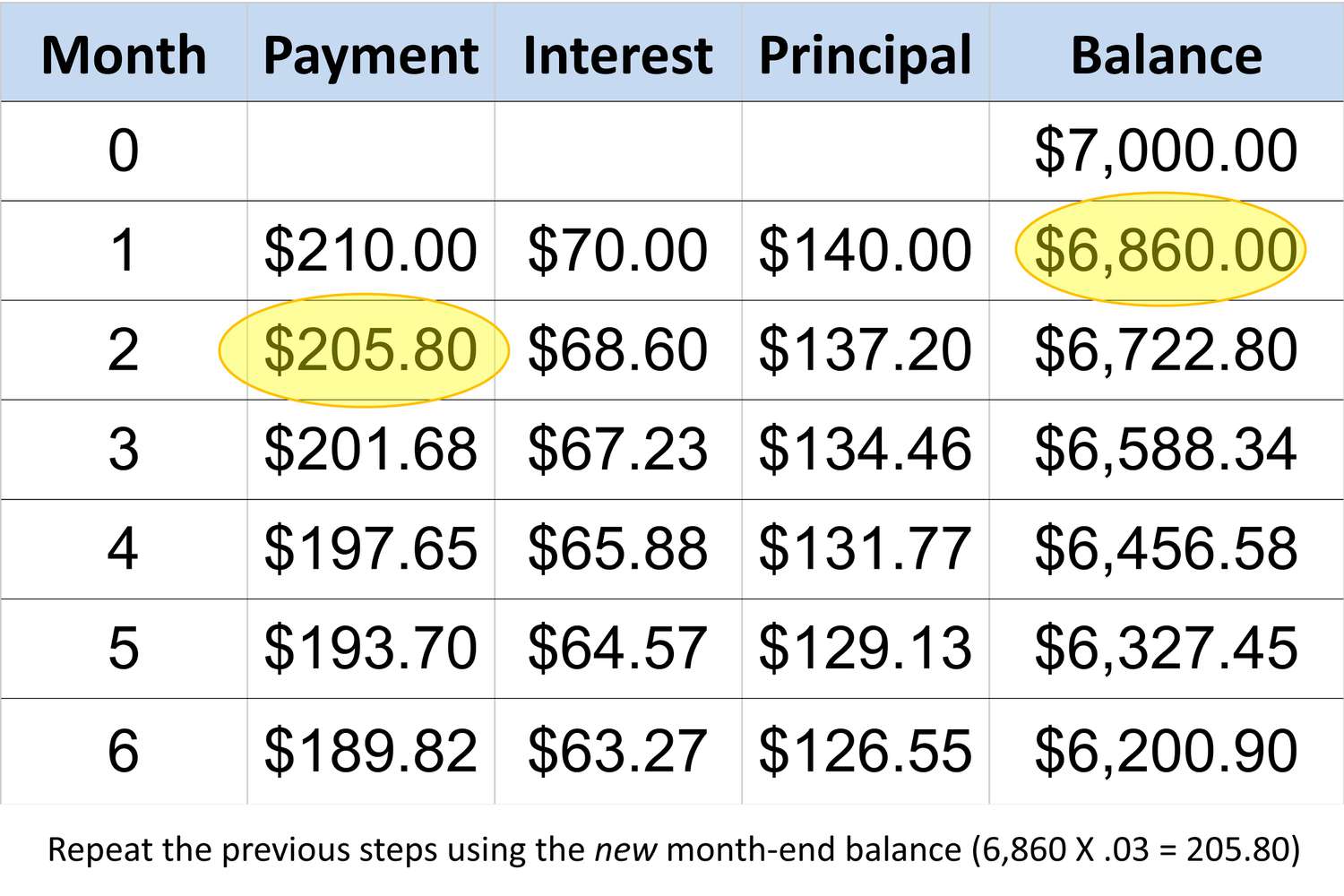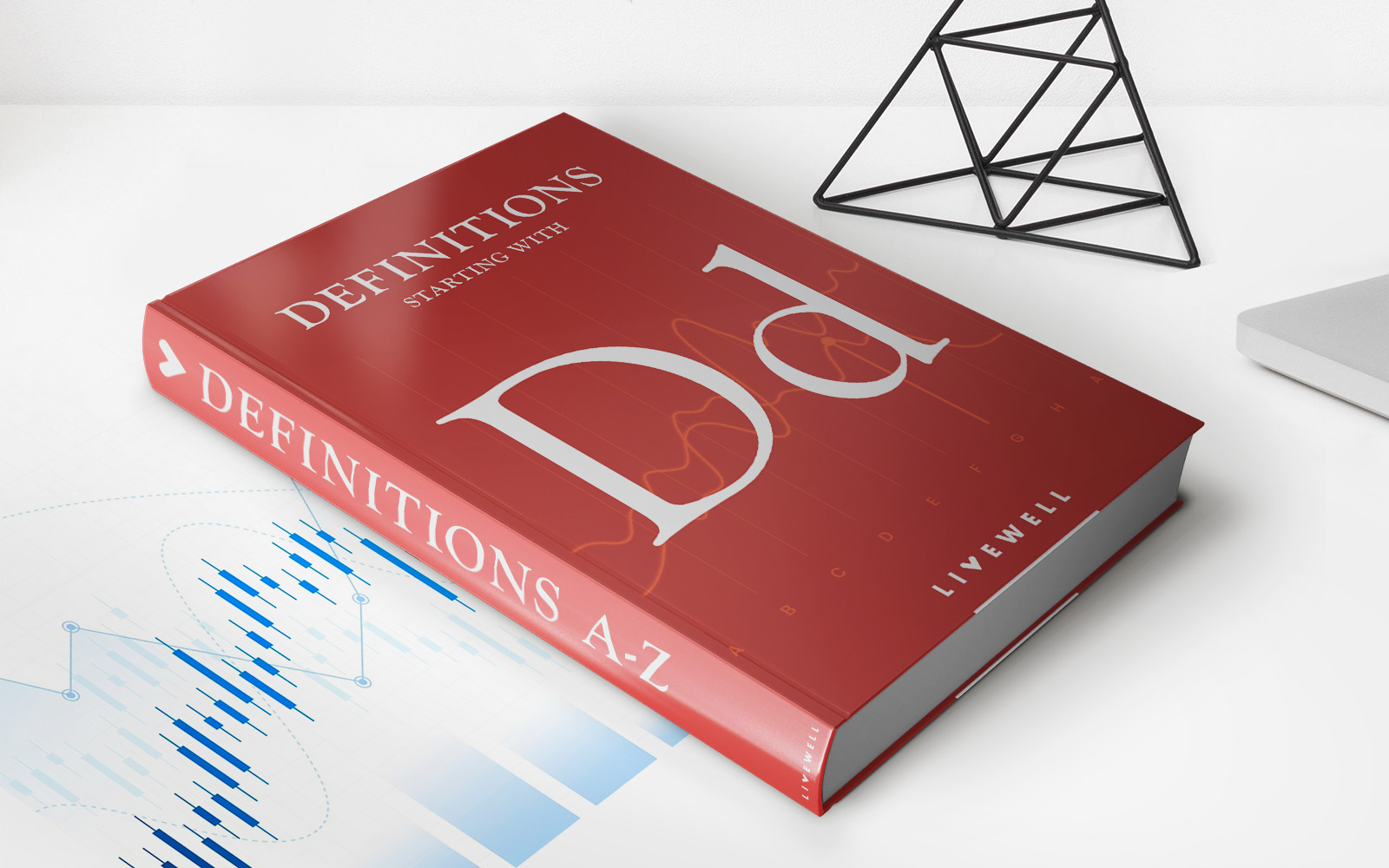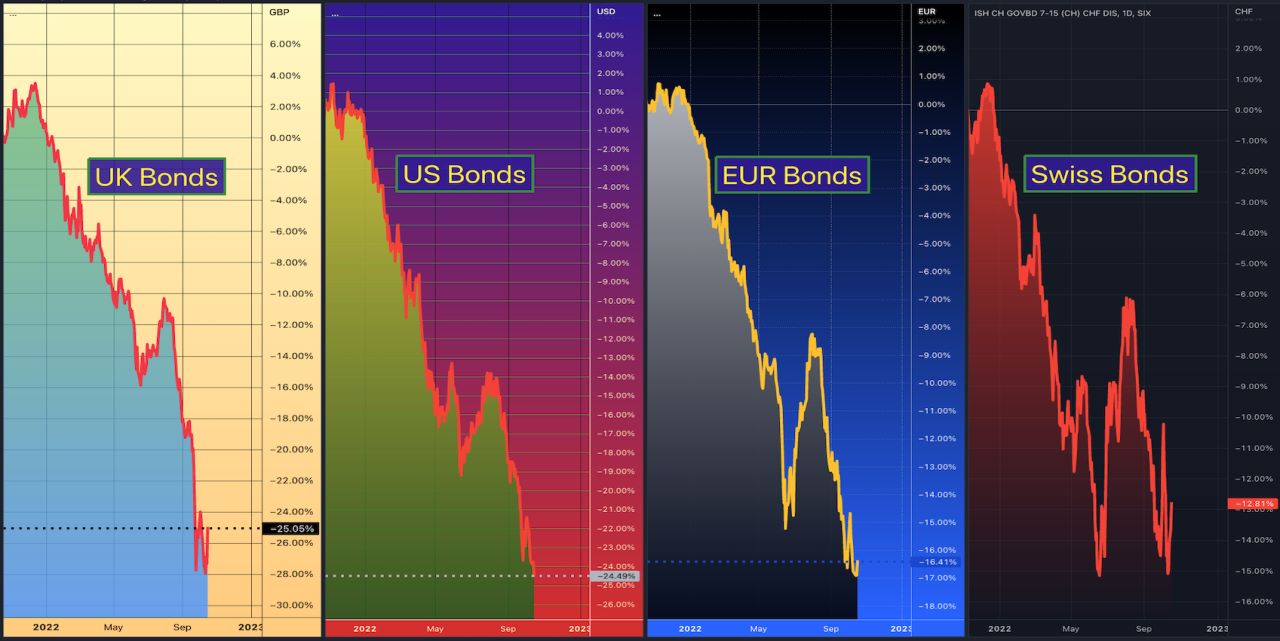

Finance
What Is Minimum Payment Due In Credit Card
Published: February 25, 2024
Learn about the importance of the minimum payment due on credit cards and its impact on your finances. Understand the implications and consequences to manage your credit card debt effectively. Gain insights on finance and credit management.
(Many of the links in this article redirect to a specific reviewed product. Your purchase of these products through affiliate links helps to generate commission for LiveWell, at no extra cost. Learn more)
Table of Contents
Introduction
Understanding the Minimum Payment Due on Credit Cards
Welcome to the complex world of credit card payments, where the term “minimum payment due” often elicits confusion and uncertainty among cardholders. Understanding the concept of minimum payment due is crucial for maintaining financial health and avoiding potential pitfalls. In this comprehensive guide, we will delve into the intricacies of minimum payments, their calculation, and the significance of managing them effectively.
As a credit card user, you have likely encountered the term “minimum payment due” on your monthly statements. This seemingly innocuous figure represents the minimum amount you are required to pay by a specified due date to keep your account in good standing. While it may appear as a manageable and convenient option, there are underlying implications and considerations that warrant closer examination.
Throughout this article, we will unravel the significance of minimum payments, explore how they are calculated, and shed light on the potential consequences of only paying the minimum amount. Additionally, we will provide practical tips for managing minimum payments effectively, empowering you to navigate the credit card landscape with confidence and foresight.
Understanding the Minimum Payment Due
At its core, the minimum payment due on a credit card represents the smallest amount that a cardholder must pay by the due date to keep the account in good standing. This figure is typically calculated as a percentage of the total outstanding balance, subject to a minimum predetermined amount set by the credit card issuer.
While the minimum payment due may offer temporary relief by allowing cardholders to meet their immediate financial obligations, it is essential to recognize that this approach can lead to long-term challenges. By paying only the minimum amount, cardholders incur interest on the remaining balance, resulting in prolonged debt and increased overall repayment costs.
It is crucial to grasp that the minimum payment due primarily serves the interests of the credit card issuer, as it ensures a steady stream of revenue through accrued interest. Consequently, understanding the implications of adhering to the minimum payment due is vital for making informed financial decisions and safeguarding one’s long-term fiscal well-being.
As we navigate the intricacies of minimum payments, it becomes evident that a deeper comprehension of this fundamental concept is essential for responsible credit card management. By gaining insight into the factors influencing minimum payments and their implications, cardholders can make informed choices that align with their financial goals and aspirations.
Importance of Minimum Payment Due
The minimum payment due holds significant importance in the realm of credit card management, as it serves as a pivotal factor in maintaining the financial health of cardholders. While it may seem like a routine monthly obligation, understanding the underlying significance of the minimum payment due is crucial for making informed decisions and mitigating potential risks.
First and foremost, meeting the minimum payment due is essential for avoiding late fees and potential damage to one’s credit score. Failing to fulfill this requirement can result in punitive charges and adverse effects on one’s creditworthiness, potentially limiting access to favorable financial opportunities in the future.
Moreover, the minimum payment due acts as a safeguard against defaulting on credit card obligations, thereby preserving the positive standing of the cardholder within the credit system. By consistently meeting this minimum threshold, individuals demonstrate their commitment to fulfilling their financial responsibilities, fostering a positive rapport with credit issuers and enhancing their overall credit profile.
Furthermore, the timely payment of the minimum amount helps prevent the escalation of debt through compounding interest. By addressing at least the minimum payment due, cardholders can mitigate the accrual of exorbitant interest charges, thereby curbing the expansion of their outstanding balance and averting a cycle of perpetual indebtedness.
It is imperative to recognize that while meeting the minimum payment due is essential, it is equally vital to view it as a baseline requirement rather than an optimal repayment strategy. Embracing this perspective empowers individuals to strive for comprehensive debt management and financial prudence, transcending the limitations imposed by minimum payments and working towards sustained fiscal well-being.
How Minimum Payment Due is Calculated
The calculation of the minimum payment due on a credit card involves a predetermined percentage of the outstanding balance, often subject to a minimum specified amount. While the specific methodology may vary among credit card issuers, the fundamental principles governing this computation remain consistent across the industry.
Typically, the minimum payment due is determined by applying a percentage—commonly ranging from 1% to 3%—to the total outstanding balance. This percentage-based component ensures that the minimum payment scales proportionally with the cardholder’s balance, reflecting the varying degrees of financial commitment associated with different levels of indebtedness.
Additionally, credit card issuers often impose a floor or minimum threshold for the minimum payment due, ensuring that even in cases of nominal balances, a predetermined minimum amount must be repaid. This safeguard serves to uphold the financial integrity of the credit card system and mitigate the potential risks associated with excessively lenient repayment requirements.
It is essential for cardholders to review their credit card agreements and statements to ascertain the specific formula used by their issuer to calculate the minimum payment due. By understanding the underlying methodology, individuals can gain insight into the factors influencing their minimum payments, thereby empowering them to make informed financial decisions and manage their credit card obligations effectively.
While the calculation of the minimum payment due may appear straightforward, it is imperative to recognize that this figure primarily serves the interests of the credit card issuer. By comprehending the mechanics of minimum payments, cardholders can adopt a proactive approach to managing their credit card debt, transcending the limitations imposed by minimum payments and working towards sustained fiscal well-being.
Consequences of Paying Only the Minimum Payment
Paying only the minimum amount due on a credit card may seem like a convenient short-term solution, but it can lead to a myriad of detrimental consequences that impact the cardholder's financial well-being in the long run.
One of the most significant repercussions of adhering solely to the minimum payment requirement is the accrual of substantial interest on the remaining balance. By perpetuating a cycle of partial repayments, cardholders subject themselves to exorbitant interest charges, resulting in prolonged indebtedness and increased overall repayment costs. This approach can impede financial progress and perpetuate a cycle of debt that becomes increasingly challenging to overcome.
Moreover, consistently paying only the minimum amount due can lead to a gradual erosion of one's creditworthiness. While meeting the minimum payment threshold may prevent immediate penalties, it does not reflect proactive debt management or responsible financial behavior. Over time, this pattern may signal to creditors that the cardholder is not effectively managing their debt, potentially leading to adverse impacts on their credit score and overall financial standing.
Furthermore, by adhering solely to the minimum payment due, cardholders may find themselves trapped in a cycle of persistent debt. The prolonged repayment period resulting from minimum payments can hinder the pursuit of financial goals, such as saving for major purchases, investing, or achieving long-term financial stability. This perpetuates a cycle of financial dependency on credit and limits the individual's capacity to build a secure and prosperous financial future.
It is crucial to recognize that the consequences of paying only the minimum amount due extend beyond immediate financial implications, impacting the cardholder's overall financial trajectory. By understanding these potential repercussions, individuals can make informed decisions regarding their credit card repayments and strive for comprehensive debt management strategies that align with their long-term financial aspirations.
Tips for Managing Minimum Payments
Effectively managing minimum payments on credit cards is essential for maintaining financial stability and mitigating the potential pitfalls associated with prolonged indebtedness. By adopting proactive strategies and prudent financial habits, cardholders can navigate the complexities of minimum payments while working towards sustained fiscal well-being.
- Pay More Than the Minimum: Whenever possible, endeavor to pay more than the minimum amount due. By allocating additional funds towards reducing the outstanding balance, cardholders can expedite the repayment process, minimize interest charges, and gradually alleviate their debt burden.
- Create a Repayment Plan: Develop a structured repayment plan that outlines a timeline for settling the outstanding balance. This proactive approach empowers individuals to set clear goals and systematically work towards debt reduction, fostering a sense of financial control and accountability.
- Avoid New Charges: Refrain from making new purchases on the credit card while striving to manage the existing balance. By curbing additional expenditures, cardholders can focus on reducing their outstanding debt without exacerbating their financial obligations.
- Explore Balance Transfer Options: Consider transferring high-interest credit card balances to accounts with lower or zero-interest promotional periods. This strategic maneuver can provide temporary relief from interest charges, enabling cardholders to make substantial strides in reducing their overall debt burden.
- Seek Financial Guidance: In instances where debt becomes overwhelming, seek guidance from financial advisors or credit counseling services. These professionals can offer personalized insights and actionable strategies for managing debt, empowering individuals to regain financial stability and chart a path towards long-term financial well-being.
By incorporating these prudent practices into their financial routines, cardholders can effectively navigate the challenges posed by minimum payments and work towards comprehensive debt management, ultimately fostering a foundation for sustained financial prosperity.
Conclusion
As we conclude this exploration of the minimum payment due on credit cards, it becomes evident that this seemingly routine obligation carries profound implications for cardholders’ financial well-being. While the minimum payment due serves as a fundamental requirement for maintaining the positive standing of a credit card account, it also presents nuanced challenges and potential pitfalls that warrant careful consideration.
By understanding the significance of the minimum payment due and its implications, individuals can adopt proactive strategies for managing their credit card obligations effectively. Embracing prudent financial habits, such as paying more than the minimum amount due, creating structured repayment plans, and seeking professional guidance when necessary, empowers cardholders to transcend the limitations imposed by minimum payments and work towards comprehensive debt management.
Furthermore, it is crucial to recognize that while the minimum payment due represents a baseline requirement, it should not be viewed as an optimal repayment strategy. By striving for proactive debt management and prudent financial decision-making, individuals can navigate the complexities of credit card obligations while working towards sustained fiscal well-being and long-term financial prosperity.
Ultimately, the journey towards financial stability and debt management is multifaceted, encompassing a blend of informed decision-making, proactive planning, and a commitment to responsible financial behavior. By integrating these principles into their financial routines, cardholders can transcend the challenges posed by minimum payments and chart a course towards a secure and prosperous financial future.














